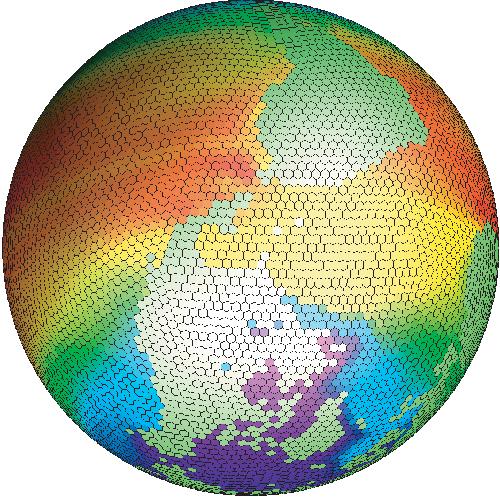

Most ebook files are in PDF format, so you can easily read them using various software such as Foxit Reader or directly on the Google Chrome browser.
Some ebook files are released by publishers in other formats such as .awz, .mobi, .epub, .fb2, etc. You may need to install specific software to read these formats on mobile/PC, such as Calibre.
Please read the tutorial at this link: https://ebookbell.com/faq
We offer FREE conversion to the popular formats you request; however, this may take some time. Therefore, right after payment, please email us, and we will try to provide the service as quickly as possible.
For some exceptional file formats or broken links (if any), please refrain from opening any disputes. Instead, email us first, and we will try to assist within a maximum of 6 hours.
EbookBell Team

4.8
54 reviewsNumerical modeling is one of several approaches to the study of the atmosphere. The others are observational studies of the real atmosphere through field measurements and remote sensing, laboratory studies, and theoretical studies. Each of these four approaches has both strengths and weaknesses. In particular, both numerical modeling and theory involve approximations. In theoretical work, the approximations often involve extreme idealizations, e.g. a dry atmosphere on a beta plane, but on the other hand solutions can sometimes be obtained in closed form with a pencil and paper. In numerical modeling, less idealization is needed, but in most cases no closed form solution is possible. Both theoreticians and numerical modelers make mistakes, from time to time, so both types of work are subject to errors in the old-fashioned human sense.
Perhaps the most serious weakness of numerical modeling, as a research approach, is that it is possible to run a numerical model built by someone else without having the foggiest idea how the model works or what its limitations are. Unfortunately, this kind of thing happens all the time, and the problem is becoming more serious in this era of “community” models with large user groups. One of the purposes of this course is to make it less likely that you, the students, will use a model without having any understanding of it.
This introductory survey of numerical methods in the atmospheric sciences is designed to be a practical, “how to” course, which also conveys sufficient understanding so that after completing the course students are able to design numerical schemes with useful properties, and to understand the properties of schemes that they may encounter out there in the world.